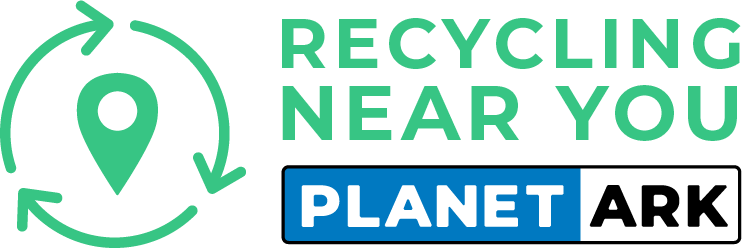Everything you need to know about recycling meat off-cuts
Recycling Meat Off-Cuts includes:
Animal Bones
FIND A RECYCLER
Learn more about recycling meat off-cuts
How to recycle meat off-cuts
Specialised meat recyclers and processors offer waste removal services and will collect off-cuts and bones from retail butchers and abattoirs on a regular basis. Some general organics recyclers will also accept meat for composting use. These are generally pick-up services, as the meat must stay clean and uncontaminated during transportation. Use the directory on this page to see if there is a recycler near you.
Why recycle?
Organic waste such as meat off-cuts in landfill produces methane, a powerful green house gas. Putrescible organics can also produce leachates that can negatively impact on the environment by polluting ground and surface water bodies. They can be high in nutrients, which makes them favourable environments for bacteria and other micro-organisms. Meat off-cuts, fatty tissue and bones can be effectively processed and rendered for use in products such as soap, lard, animal feed and fertiliser.
What happens to it?
Meat off-cuts and bones are cooked to evaporate the moisture and divide the liquid fat from the solid meat and bone. Pressing the hot material then separates the tallow liquid from the cake. The cake is ground to produce meat and bone meal used in stock feed for intensive livestock production, pet food and can also be used as a fertiliser in blood and bone. The tallow (fat) produced can be used in soap manufacturing, or as stockfeed or pet food. It can also be further processed into products such as glycerine, or for edible uses including industrial margarine and frying fats for the food industry.
Recycling Options
Specialised meat recyclers and processors offer waste removal services and will collect off-cuts and bones from retail butchers and abattoirs on a regular basis. Some general organics recyclers will also accept meat for composting use. These are generally pickup services, as the meat must stay clean and uncontaminated during transportation.







